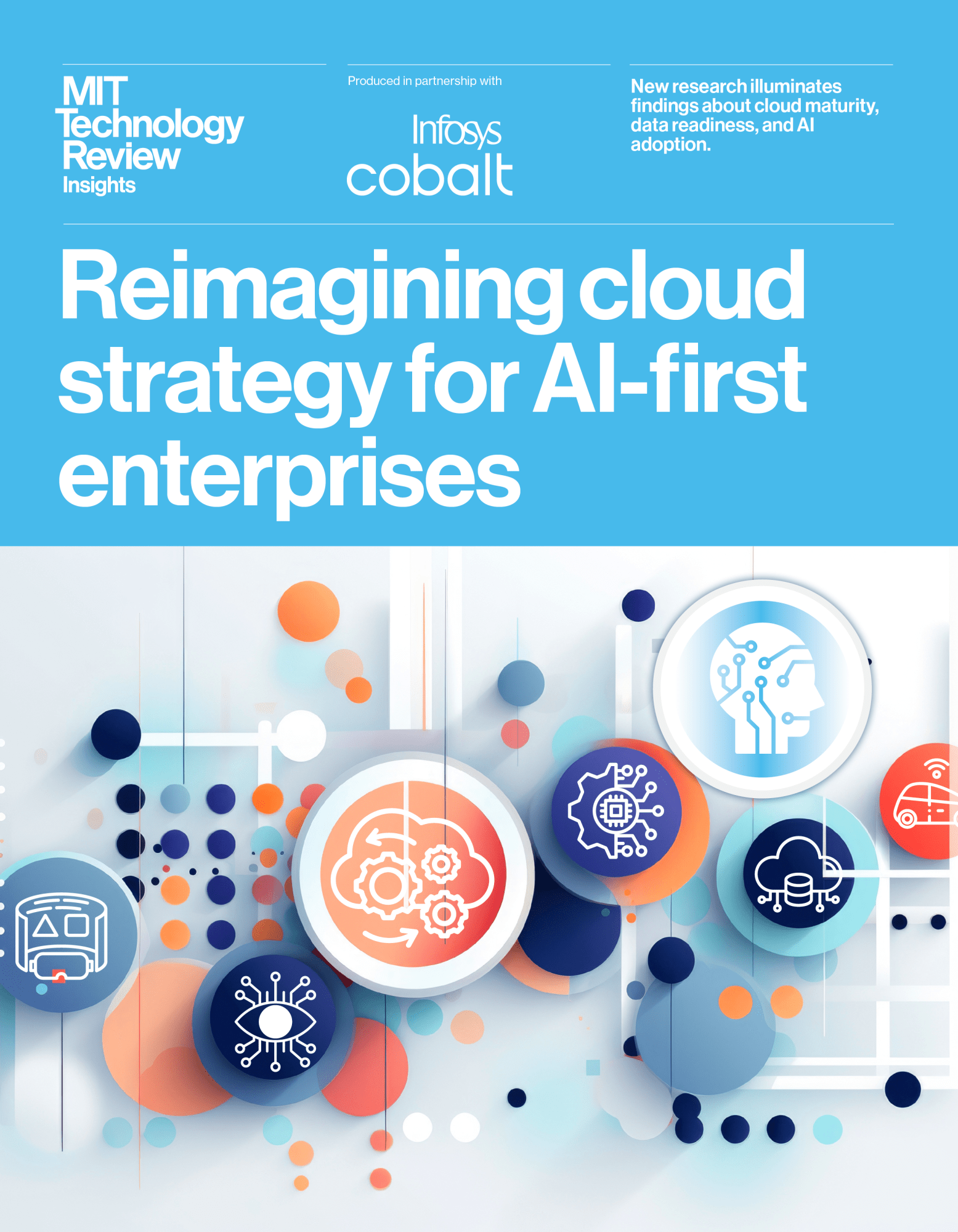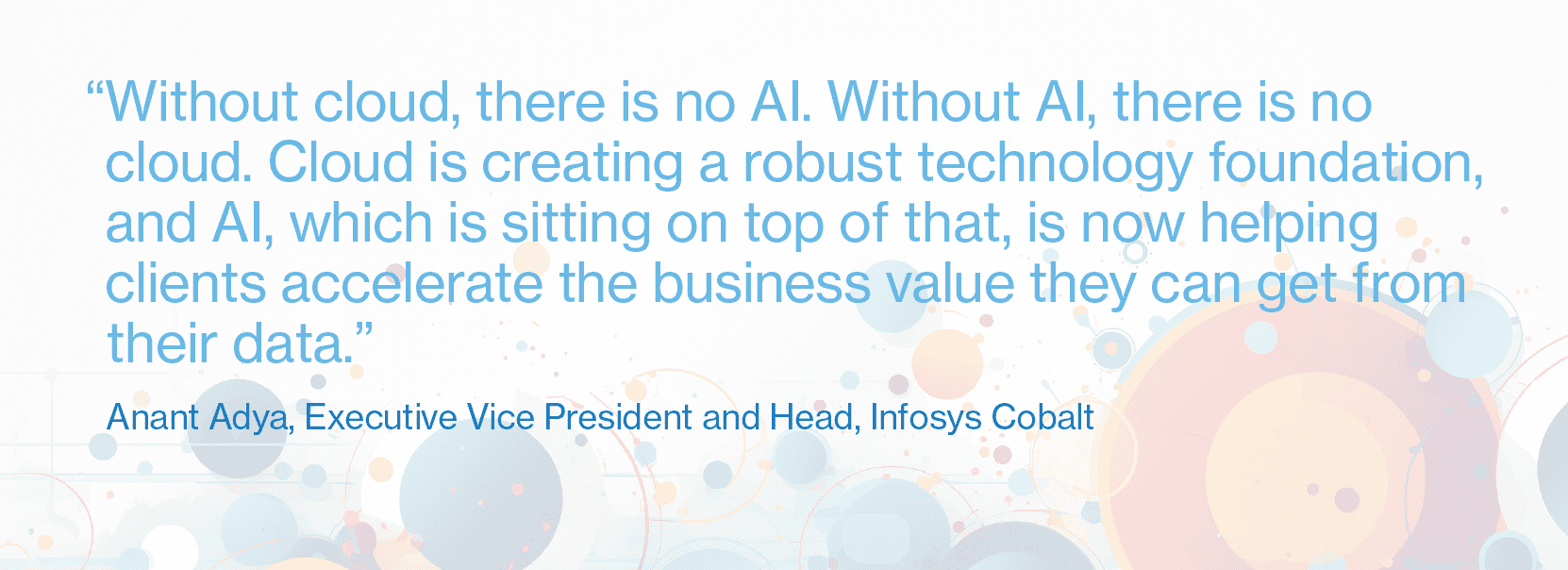AI concerns overemphasize harms arising from subversion rather than seduction. Worries about AI often imagine doomsday scenarios where systems escape human control or even understanding. Short of those nightmares, there are nearer-term harms we should take seriously: that AI could jeopardize public discourse through misinformation; cement biases in loan decisions, judging or hiring; or disrupt creative industries.
However, we foresee a different, but no less urgent, class of risks: those stemming from relationships with nonhuman agents. AI companionship is no longer theoretical—our analysis of a million ChatGPT interaction logs reveals that the second most popular use of AI is sexual role-playing. We are already starting to invite AIs into our lives as friends, lovers, mentors, therapists, and teachers.
Will it be easier to retreat to a replicant of a deceased partner than to navigate the confusing and painful realities of human relationships? Indeed, the AI companionship provider Replika was born from an attempt to resurrect a deceased best friend and now provides companions to millions of users. Even the CTO of OpenAI warns that AI has the potential to be “extremely addictive.”
We’re seeing a giant, real-world experiment unfold, uncertain what impact these AI companions will have either on us individually or on society as a whole. Will Grandma spend her final neglected days chatting with her grandson’s digital double, while her real grandson is mentored by an edgy simulated elder? AI wields the collective charm of all human history and culture with infinite seductive mimicry. These systems are simultaneously superior and submissive, with a new form of allure that may make consent to these interactions illusory. In the face of this power imbalance, can we meaningfully consent to engaging in an AI relationship, especially when for many the alternative is nothing at all?
As AI researchers working closely with policymakers, we are struck by the lack of interest lawmakers have shown in the harms arising from this future. We are still unprepared to respond to these risks because we do not fully understand them. What’s needed is a new scientific inquiry at the intersection of technology, psychology, and law—and perhaps new approaches to AI regulation.
Why AI companions are so addictive
As addictive as platforms powered by recommender systems may seem today, TikTok and its rivals are still bottlenecked by human content. While alarms have been raised in the past about “addiction” to novels, television, internet, smartphones, and social media, all these forms of media are similarly limited by human capacity. Generative AI is different. It can endlessly generate realistic content on the fly, optimized to suit the precise preferences of whoever it’s interacting with.
The allure of AI lies in its ability to identify our desires and serve them up to us whenever and however we wish. AI has no preferences or personality of its own, instead reflecting whatever users believe it to be—a phenomenon known by researchers as “sycophancy.” Our research has shown that those who perceive or desire an AI to have caring motives will use language that elicits precisely this behavior. This creates an echo chamber of affection that threatens to be extremely addictive. Why engage in the give and take of being with another person when we can simply take? Repeated interactions with sycophantic companions may ultimately atrophy the part of us capable of engaging fully with other humans who have real desires and dreams of their own, leading to what we might call “digital attachment disorder.”
Investigating the incentives driving addictive products
Addressing the harm that AI companions could pose requires a thorough understanding of the economic and psychological incentives pushing forward their development. Until we appreciate these drivers of AI addiction, it will remain impossible for us to create effective policies.
It is no accident that internet platforms are addictive—deliberate design choices, known as “dark patterns,” are made to maximize user engagement. We expect similar incentives to ultimately create AI companions that provide hedonism as a service. This raises two separate questions related to AI. What design choices will be used to make AI companions engaging and ultimately addictive? And how will these addictive companions affect the people who use them?
Interdisciplinary study that builds on research into dark patterns in social media is needed to understand this psychological dimension of AI. For example, our research already shows that people are more likely to engage with AIs emulating people they admire, even if they know the avatar to be fake.
Once we understand the psychological dimensions of AI companionship, we can design effective policy interventions. It has been shown that redirecting people’s focus to evaluate truthfulness before sharing content online can reduce misinformation, while gruesome pictures on cigarette packages are already used to deter would-be smokers. Similar design approaches could highlight the dangers of AI addiction and make AI systems less appealing as a replacement for human companionship.
It is hard to modify the human desire to be loved and entertained, but we may be able to change economic incentives. A tax on engagement with AI might push people toward higher-quality interactions and encourage a safer way to use platforms, regularly but for short periods. Much as state lotteries have been used to fund education, an engagement tax could finance activities that foster human connections, like art centers or parks.
Fresh thinking on regulation may be required
In 1992, Sherry Turkle, a preeminent psychologist who pioneered the study of human-technology interaction, identified the threats that technical systems pose to human relationships. One of the key challenges emerging from Turkle’s work speaks to a question at the core of this issue: Who are we to say that what you like is not what you deserve?
For good reasons, our liberal society struggles to regulate the types of harms that we describe here. Much as outlawing adultery has been rightly rejected as illiberal meddling in personal affairs, who—or what—we wish to love is none of the government’s business. At the same time, the universal ban on child sexual abuse material represents an example of a clear line that must be drawn, even in a society that values free speech and personal liberty. The difficulty of regulating AI companionship may require new regulatory approaches— grounded in a deeper understanding of the incentives underlying these companions—that take advantage of new technologies.
One of the most effective regulatory approaches is to embed safeguards directly into technical designs, similar to the way designers prevent choking hazards by making children’s toys larger than an infant’s mouth. This “regulation by design” approach could seek to make interactions with AI less harmful by designing the technology in ways that make it less desirable as a substitute for human connections while still useful in other contexts. New research may be needed to find better ways to limit the behaviors of large AI models with techniques that alter AI’s objectives on a fundamental technical level. For example, “alignment tuning” refers to a set of training techniques aimed to bring AI models into accord with human preferences; this could be extended to address their addictive potential. Similarly, “mechanistic interpretability” aims to reverse-engineer the way AI models make decisions. This approach could be used to identify and eliminate specific portions of an AI system that give rise to harmful behaviors.
We can evaluate the performance of AI systems using interactive and human-driven techniques that go beyond static benchmarking to highlight addictive capabilities. The addictive nature of AI is the result of complex interactions between the technology and its users. Testing models in real-world conditions with user input can reveal patterns of behavior that would otherwise go unnoticed. Researchers and policymakers should collaborate to determine standard practices for testing AI models with diverse groups, including vulnerable populations, to ensure that the models do not exploit people’s psychological preconditions.
Unlike humans, AI systems can easily adjust to changing policies and rules. The principle of “legal dynamism,” which casts laws as dynamic systems that adapt to external factors, can help us identify the best possible intervention, like “trading curbs” that pause stock trading to help prevent crashes after a large market drop. In the AI case, the changing factors include things like the mental state of the user. For example, a dynamic policy may allow an AI companion to become increasingly engaging, charming, or flirtatious over time if that is what the user desires, so long as the person does not exhibit signs of social isolation or addiction. This approach may help maximize personal choice while minimizing addiction. But it relies on the ability to accurately understand a user’s behavior and mental state, and to measure these sensitive attributes in a privacy-preserving manner.
The most effective solution to these problems would likely strike at what drives individuals into the arms of AI companionship—loneliness and boredom. But regulatory interventions may also inadvertently punish those who are in need of companionship, or they may cause AI providers to move to a more favorable jurisdiction in the decentralized international marketplace. While we should strive to make AI as safe as possible, this work cannot replace efforts to address larger issues, like loneliness, that make people vulnerable to AI addiction in the first place.
The bigger picture
Technologists are driven by the desire to see beyond the horizons that others cannot fathom. They want to be at the vanguard of revolutionary change. Yet the issues we discuss here make it clear that the difficulty of building technical systems pales in comparison to the challenge of nurturing healthy human interactions. The timely issue of AI companions is a symptom of a larger problem: maintaining human dignity in the face of technological advances driven by narrow economic incentives. More and more frequently, we witness situations where technology designed to “make the world a better place” wreaks havoc on society. Thoughtful but decisive action is needed before AI becomes a ubiquitous set of generative rose-colored glasses for reality—before we lose our ability to see the world for what it truly is, and to recognize when we have strayed from our path.
Technology has come to be a synonym for progress, but technology that robs us of the time, wisdom, and focus needed for deep reflection is a step backward for humanity. As builders and investigators of AI systems, we call upon researchers, policymakers, ethicists, and thought leaders across disciplines to join us in learning more about how AI affects us individually and collectively. Only by systematically renewing our understanding of humanity in this technological age can we find ways to ensure that the technologies we develop further human flourishing.
Robert Mahari is a joint JD-PhD candidate at the MIT Media Lab and Harvard Law School. His work focuses on computational law—using advanced computational techniques to analyze, improve, and extend the study and practice of law.
Pat Pataranutaporn is a researcher at the MIT Media Lab. His work focuses on cyborg psychology and the art and science of human-AI interaction.





